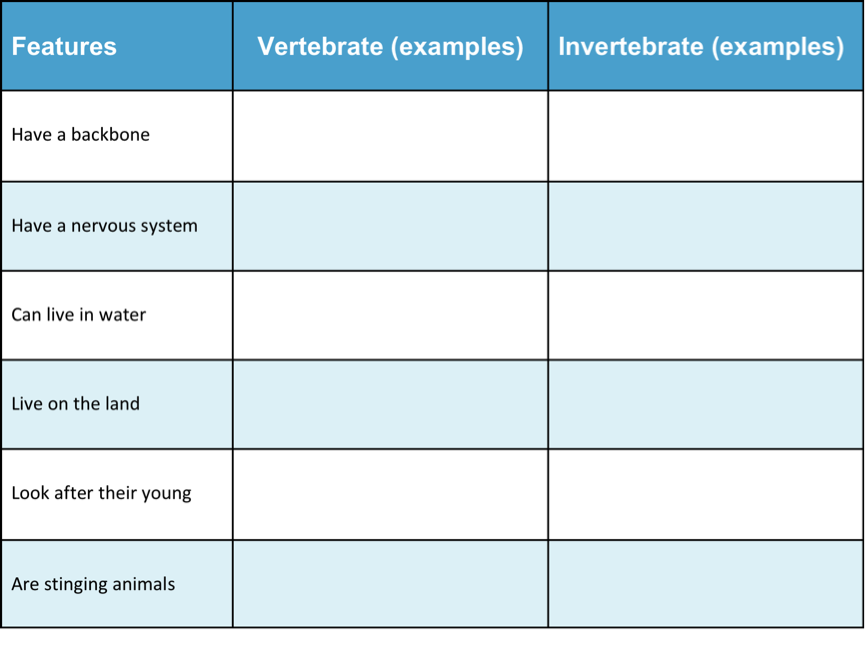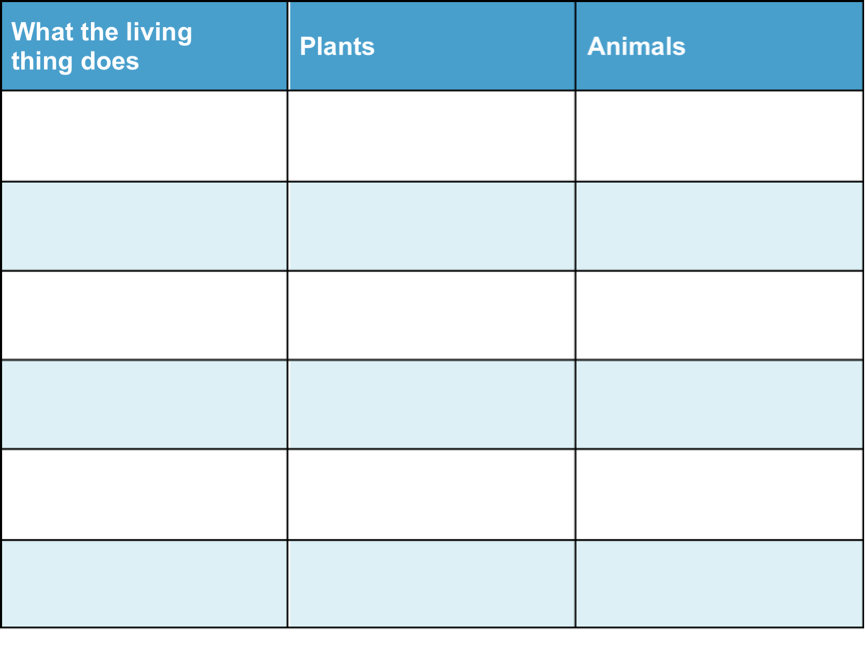Information for Teachers
Curriculum links
Australian Science Standards
BS (ACSSU44) Living things can be grouped on basis of observable features and distinguished from non-living things
BS (ACSSU44) Characteristics of living things such as growing, moving, sensitivity and reproducing
BS (ACSSU44) Range of different living things
New Zealand Science Achievement Objectives
LW: There are life processes common to all living things and that these occur in different ways
LW: Plants, animals, and other living things can be grouped into science-based classifications
Helpful websites
You may want to direct your students to this website to help with their investigations.
To compare how long it takes for young pets to be born:
http://www.petcaretips.net/pet-gestation-table.html
Students can use words like these in doing their search:
animal+invertebrates+crustaceans
short+animal+lifetimes
animal+parents+lifecycles
How to search the internet
1 Keep your request short
Fewer words will give a more accurate search.
2 Choose exactly what you want
For example: Arctic Circle Climate
3 Use quotes
Double quotes around a set of words tell the search engine to consider those exact words in that exact order without any change. For example: “Arctic Circle Climate”
4 Use the plus sign (+)
If you add a plus sign (+) between words, the internet will search for all the words. For example: migrate+birds+whales+mammal
5 Use the minus sign (–) to say what you don’t want
Use a minus sign (–) to show words you do not want to appear in your results. For example: if you search for burrowing animals and do not want mammals in your search, –mammals will exclude mammals. Note that you need to put a space before the minus sign for the word to be excluded.
6 Be very clear about what you don’t want
Part 1
Ask questions and make predictions
After reading The Animal Kingdom, you may have questions about groups of animals and plants that have always interested you. They might be old favourites or animals that you want to know more about.
List your questions
- Compare your list with questions that others have.
- Choose a question you would like to investigate.
- You can work alone, with a partner, or in a small group.
You may want to choose one or more of these questions to investigate
Q1. Why have scientists put your chosen animals in a group that belong together?
Q2. What do vertebrates and invertebrates have in common? What are the main differences?
Q3. What are the main differences between some of the living things in the five kingdoms?
Go to Part 2 Plan and investigate →Part 2
Plan and investigate
Do searches in the internet or in books or talk to people who can help to find the information you are looking for.
Your teacher may suggest suitable websites for further information.
Go to Part 3 Record and analyse data →Part 3
Record and analyse data
Find a way of recording your information that will allow you to see any patterns in the data.
Data Chart for comparing vertebrates with invertebrates
(Download and change to suit your information)
 Download Chart
Download Chart
Go to Part 4 Evaluate the information →
Part 4
Evaluate the information
1. Look over the information you have gathered and the patterns you have found.
What do living things have in common that are not found in non-living things?
2. Search for other patterns.
3. Make notes about what you find.
Go to Part 5 Communicate and share ideas →Part 5
Communicate and share ideas
Look over all of the information that you have gathered in your investigation.
What are the most important ideas about your topic?
Make a chart showing the most important ideas.
 Download Chart
Download Chart
← Return to menu
